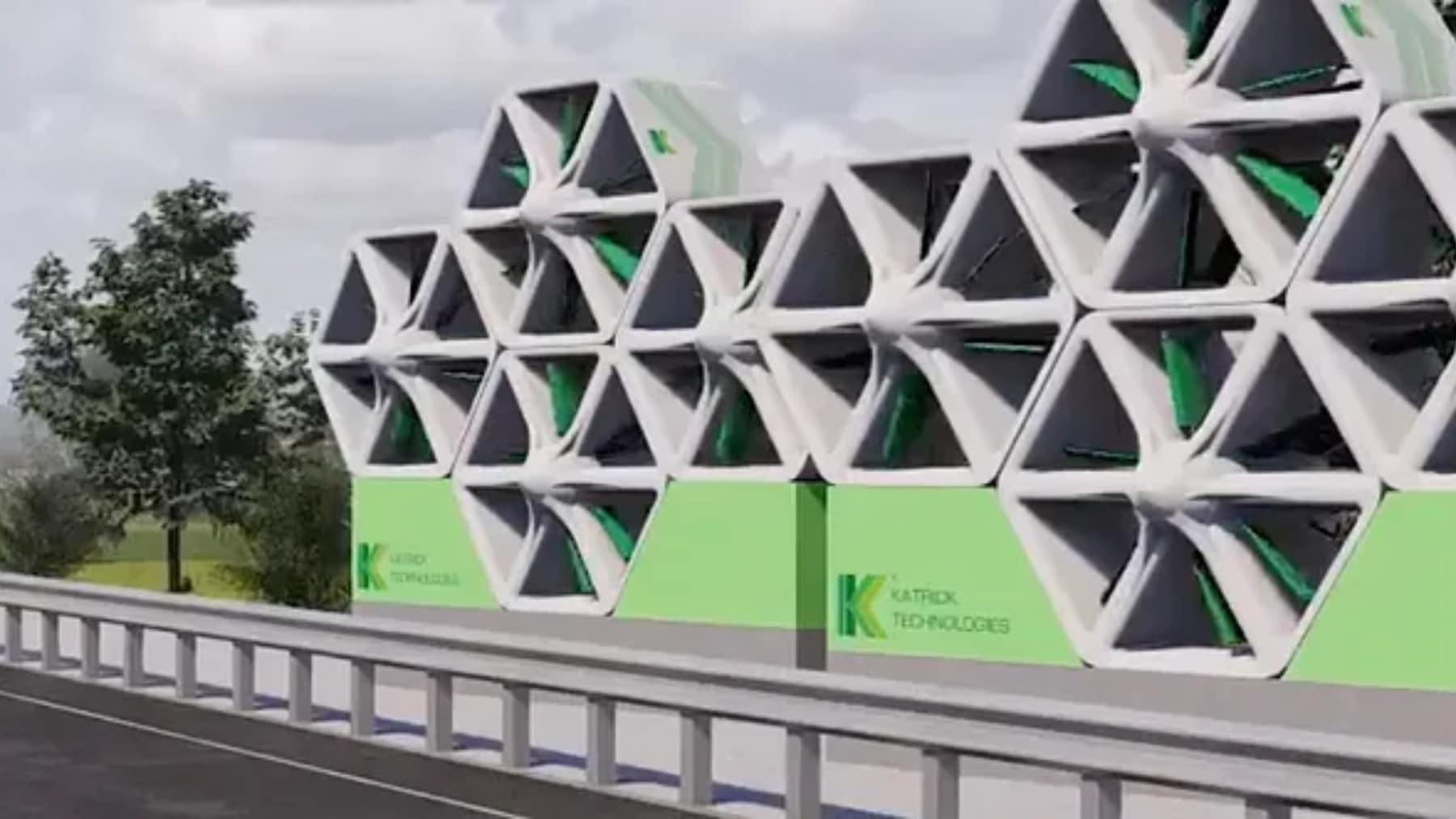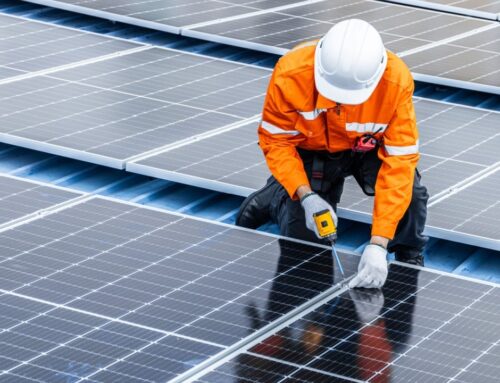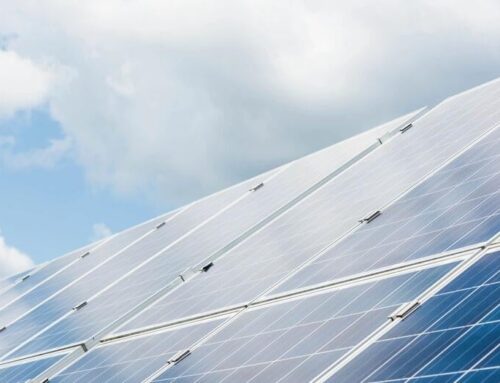This honeycomb wind turbine destroys solar panels: Free electricity at ground level
November 29, 2024

Scottish renewable energy pioneer Katrick Technologies has revealed a game-changer in wind power generation. Not only have they developed a new kind of wind turbine, but it has no blades, kites, or tunnels: it’s a honeycomb. Clean electricity generation technology is developing in leaps and bounds worldwide, and wind power, in particular, is at the top of its game.
Blade turbines are reaching max capacity, the honeycomb is next
As far as efficiency, placement, and cost-effectiveness go, traditional bladed wind turbines are reaching a ceiling. Placement is an issue for large-scale projects as there’s limited suitable rural space available for the installation of giant turbines. This is where Katrick Technologies comes in with a solution so ingenious it could revolutionize the industry: a honeycomb-shaped wind turbine.
Introducing the Katrick Technologies honeycomb wind turbine
As its name suggests, the honeycomb turbine is a hexagonally shaped device incorporating aerofoils that create kinetic energy by oscillating with air movement. This is different from the traditional design that most wind farms utilize, which is a three-bladed propelling spinning around a vertical axis.
What does the honeycomb turbine have to offer?
The honeycomb is a level up in efficiency as it captures wind from multiple angles, whereas bladed versions only work well when optimally positioned to collect wind from one direction. The honeycomb can also operate in larger areas and it’s mounted on a moveable pedestal to locate the ideal position. Katrick promises that one of their 10kW honeycomb units has an output of up to 22MWh per year.
There are several more advantages to the honeycomb unit over traditional turbines. One of these is that the honeycomb is more durable and it can operate under the harshest of wind and precipitation conditions. The system is also easier to maintain and repair because the “combs” can be removed and replaced individually. Lastly, the honeycombs have a smaller carbon footprint as they’re less impactful on the environment and harmful to wildlife.
An interesting feature of these turbines is that they can operate hand-in-hand with blade turbines, complementing the generation capacity with a different form of wind harvesting under the same or different conditions.
When it comes to cost-effectiveness, the Katrick Technologies system is far more accessible to more people as it doesn’t involve large-scale installations and costs less per unit of power produced than blade turbines. The amount of energy generated is the same but the manufacturing and installing costs are lower. The costs are expected to drop even further, meaning that communities on the lower end of the economic scale who need it the most will also have access to renewable energy.
The benefits of wind power generation
As with all forms of renewable power, wind energy has several advantages:
- Clean and renewable energy
- Low cost
- Reduction of fossil fuel use
- Benefits for local communities
- No water contamination and no water required for operation
Will we see honeycomb turbines cropping up in our backyards?
It’s quite possible that before long, you’ll spot hexagonal wind-generating units in your neighborhood. The future looks bright for the new technology, considering its durability, cost-effectiveness, and efficiency. The innovative design is already gathering attention in countries like Spain, Denmark, and Japan, with installations already being planned for the short-term future.
Although the technology is still in the fine-tuning stage, it’s been proven that the system works. The initial installations will go a long way towards gathering learnings and making tweaks and improvements to durability, energy production, and ease of maintenance.
Renewable energy’s future looks bright, and Katrick’s honeycomb wind turbine indicates that the world is moving in the right direction. The wind power sector will no doubt be monitoring its success or failure with interest, as a positive outcome may have major implications for the changing face of wind generation.
Search
RECENT PRESS RELEASES
Related Post



